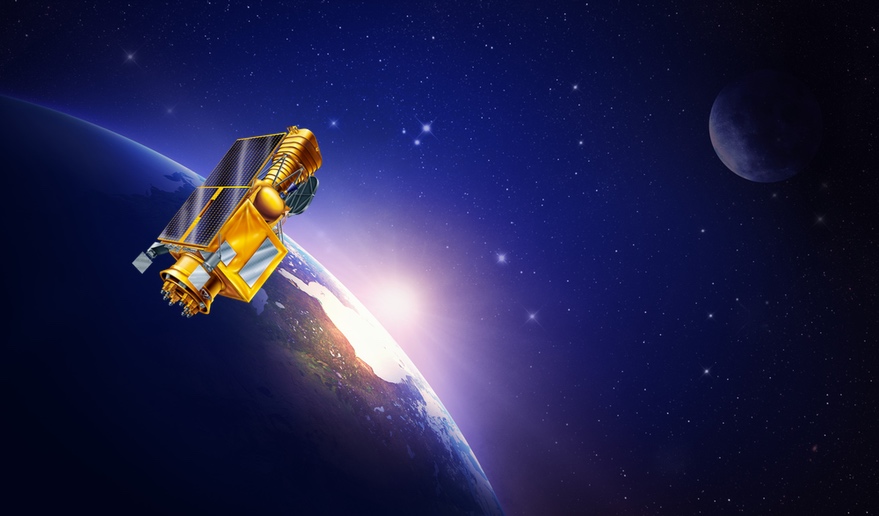WASHINGTON — The United States and Israel are finalizing an agreement that would see NASA contribute to an upcoming Israeli astrophysics mission.
The focus of the agreement, which could be signed as soon as later this month, involves a mission called Ultrasat under development by Israel’s Weizmann Institute of Science with support from the Israel Space Agency and German research center DESY.
As part of the agreement, NASA would provide the launch of Ultrasat, which will operate in geostationary orbit. NASA will likely arrange to fly Ultrasat as a secondary payload on a commercial GEO launch, said James Rhoads, NASA project scientist for Ultrasat, during a session of the 241st Meeting of the American Astronomical Society Jan. 11.
Ultrasat will carry an ultraviolet telescope with a wide field of view. That wide field of view along with high sensitivity in the near-ultraviolet are the key characteristics that set Ultrasat apart from other ultraviolet astronomy missions, said Eli Waxman, principal investigator for Ultrasat at the Weizmann Institute of Science, during the session.
The spacecraft is being built by Israel Aerospace Industries, with DESY providing the ultraviolet camera. The spacecraft has a total mass of about 1,100 kilograms, more than half of which is propellant to take the spacecraft from a geostationary transfer orbit to its final location in GEO at 4 degrees west.
Ultrasat has a three-year prime mission, but Waxman said it will carry enough propellant to operate for six. He said development of the spacecraft is on schedule for a launch in the first quarter of 2026.
Ultrasat has two primary goals. One is to look for ultraviolet signatures from gravitational-wave events, such as mergers involving neutron stars. The second is to study supernova explosions.
Those goals match well with NASA’s own research priorities. “Ultrasat and NASA’s science goals are well-aligned,” Rhoads said, citing broad science themes from the Astro2020 decadal survey that range from stellar and galactic astrophysics to gravitational waves. “There are Ultrasat contributions to all of these areas anticipated.”
Of particular interest is Ultrasat’s role in time domain and multimessenger astrophysics, or TDAMM, an emerging field that combines observations at various wavelengths of light with detections of gravitational waves or particles. Astro2020 emphasized the importance of TDAMM for addressing key scientific questions.
“Ultrasat really shows the value of international coordination when we talk about how we’re going to achieve our Astro2020 TDAMM goals, meeting the recommendations that were made by the decadal survey,” said Mark Clampin, director of NASA’s astrophysics division, at the session.
In addition to providing the launch of Ultrasat, NASA will also fund participating scientists on the mission and establish a U.S.-based science archive. The agency hasn’t disclosed the value of its contribution to the mission, although Waxman said the overall cost of Ultrasat, including launch, was about $110 million.
Rhoads said he expected final signatures of the agreement regarding NASA’s role on Ultrasat in the next one to months. However, at a Jan. 17 meeting of the NASA Advisory Council, one committee member, Kay Bailey Hutchison, said NASA anticipated the agreement will be signed later this month.
